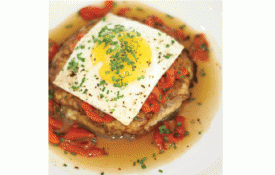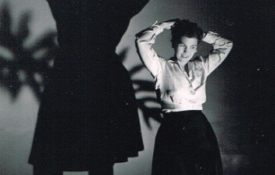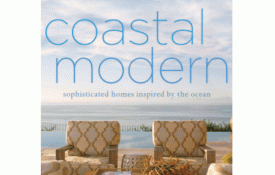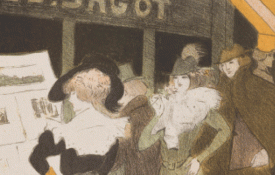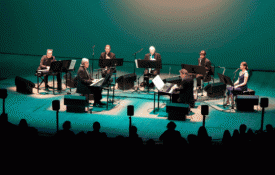In February 2019, media and events company Frieze premiers its contemporary art fair in Los Angeles, which will bring together more than 70 of the most innovative figures in art from across the region and around the world for curated programming, conversations, and site-unique art and film. Frieze LA is the fourth fair from the company, joining Frieze NY, Frieze London, and Frieze Masters, which are considered core events in the New York and international arts markets.

Bettina Korek, Executive Director, Frieze LA

Jarl Mohn, CEO, National Public Radio
How does arts patronage as a whole, through both collecting and philanthropy, lift civic institutions in LA?
BETTINA KOREK For many people, creativity helps us understand what’s at the heart of being human. Supporting local artists and the organizations that work with them is not only an investment in the future of Los Angeles but encourages empathy and the cultural diversity that makes the city so great.
JARL MOHN I think that anyone who buys art of any type at any time is a hero for supporting the work of artists and allowing them to continue to do what they do. Collectors and philanthropists who give works or money to institutions make it possible for these institutions to fulfill their missions of reaching more people.
LA is known for the strong community of artists based here; what is needed from the philanthropic and institutional side to strengthen the arts in Los Angeles?
BK Unrestricted gifts to museums mean the world to a community like ours. A gift to an institution’s annual fund is one avenue, while memberships provide another.
JM I have believed for quite some time that LA is the creative capital of the world today. That includes the visual arts. More artists live and work in LA today than any other city in the world. Philanthropists and institutions are recognizing that more and more. From Pacific Standard Time to Made In L.A., institutions are providing the venues and platforms to promote the arts community. I’d love to see more. LA isn’t just a creative city. It is the creative city.

Zürcher Gallery, Frieze NY 2018 (Photo Credit: Mark Blower)
What is the importance, for you, of showcasing the broadest scope of LA’s art community?
JM Most simply, we need more of it. This is not a provincial, local view. LA is unique. I don’t think it is said enough even by our own institutions. We are Paris at the turn of the century and NY in the ’50s and ’60s. We need to showcase that more.
BK Frieze LA has the potential to not only draw an influx of international visitors to our city but to also stimulate community engagement and awareness about what has been and will always be going on here, during the other 51 weeks of the year. Art has always been at the center of the conversation here, and Frieze LA will help show that.
How would you encourage those who are interested but do not feel informed enough to begin patronage of art?
BK It’s as easy as starting with a museum membership. Pick a museum that you’ve enjoyed visiting the most, or even just the one closest to you. A small step would be to go through a museum’s event calendar and make a point of getting to something, preferably a talk or exhibition walkthrough. It has never been easier to make art a part of everyone’s daily life, and it has also never been a better time to start.
JM We need to demystify it. We can start by using easy-to-understand language in museum wall text, art gallery press releases, and art reviews. Galleries need to be inviting when people walk in. I do think museums are starting to do a very good job of reaching out to new collectors or those interested in beginning to collect. We need to find new ways to make people feel comfortable going to museums, getting interesting in supporting them and/or the artists through collecting. It is still frightening to most.

“Seated Figure and Nude,” Emma Amos, 1966, Ryan Lee Gallery, Frieze NY 2018 (Photo Credit: Mark Blower)








































